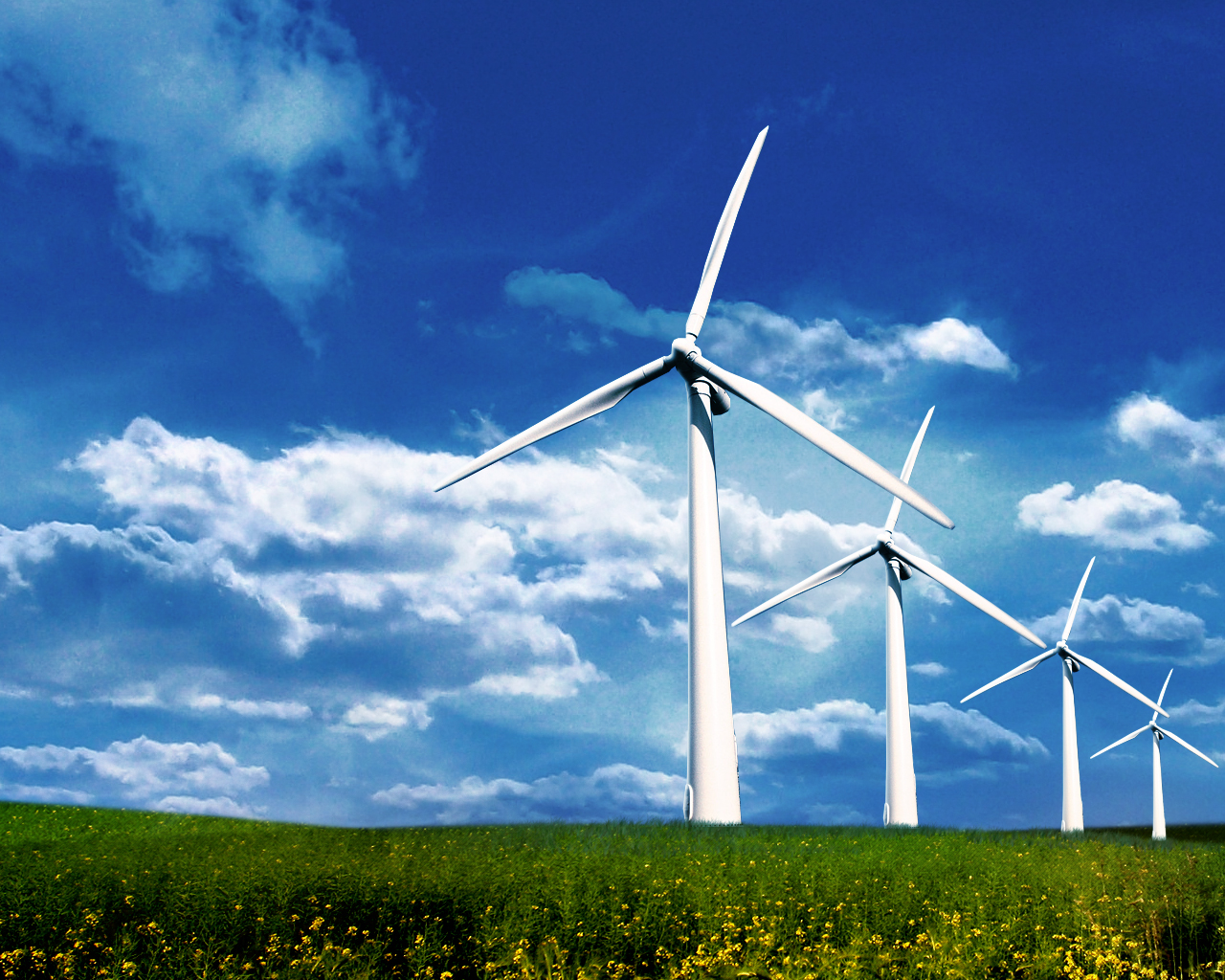
Off the coast of Denmark exists a rather curious site, hundreds of turbines are apparently sticking up from the sea with their blades moving in conjunction with the blowing wind. This is not some type of mass modern art; rather, it is an experiment towards the creation of new sustainable energy sources in the form of turbines that harvest wind energy. It is quite interesting to note that humanity has harvested wind energy for thousands of years. Various architectural iterations of this can be seen in the case of the various windmills in Holland and Germany; the wind powered cooling mechanisms within homes in the Middle East as well as the rich history of ocean travel enjoyed by various sea based societies. As such, humanity is no stranger to the concept of wind power and, as such, its potential usage as an alternative form of energy from traditional fossil fuel resources has been growing in popularity (Musyafa, Negara & Robandi 2011, pp. 352-357).
An average wind turbine is a marvel of architectural ingenuity since a a properly placed turbine can transform kinetic energy (in the form of its spinning blades) into mechanical energy via the turbine attached to its blades which in effect creates electrical energy through its attached electrical generator. The advantage of this particular type of method of power generation is that so long as it is properly placed within an area which is particularly windy, a wind turbine can in effect generate limitless free energy so long as its turbine and blades continue to operate unobstructed. Not only that. wind turbines are non-polluting which means that their usage is actually good for the environment and helps to limit the amount of carbon dioxide gas that is released into the atmosphere as a direct result of normal methods of power generation (i.e. through fossil fuel power plants) (Musyafa, Negara & Robandi 2011, pp. 352-357).
Reference
Musyafa, A, Negara, I, & Robandi, I 2011, ‘A wind turbine for low rated wind speed region in East Java’, International Journal Of Academic Research, vol. 3, no.5, pp. 352-357, Academic Search Premier, EBSCOhost. Web.